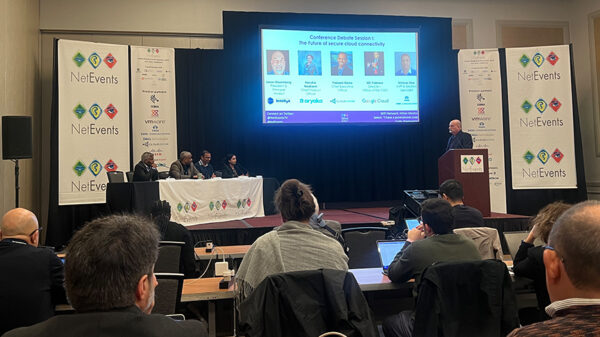The majority of Asian cities have yet to adopt cloud technology to any great extent, according to a joint study by Microsoft Asia Pacific and CityNet, a network of over 130 cities and organizations focused on building sustainable urban development in the Asia Pacific region.
Currently, only 22.2% of respondent cities have adopted cloud computing to a moderate or extensive degree. However, it is expected that cloud adoption amongst Asian cities will grow rapidly, with the figure more than doubling to 46.9% over the next 3 years.
The City Cloud survey canvassed the opinions of 38 senior city officials from 37 cities across Asia, with a combined population of over 71 million.
“With a population growth rate of more than 100,000 people per day, Asia’s cities will continue to expand and merge at an unprecedented level. This will put increased pressure on social infrastructure and essential services such transport, healthcare, education and public safety,” said Stefan Sjöström, Vice President for Public Sector, Asia at Microsoft.
Despite the expected growth in cloud adoption, the figure pales in comparison to adoption rates amongst medium to large enterprises in the region. An earlier Microsoft study, which polled 291 IT decision makers across 10 markets in Asia Pacific, revealed that 71% of enterprises were prioritizing investment in the cloud.
Why Cloud Adoption is Lagging in Asian Cities
The City Cloud Survey examined the various factors that could be slowing cloud adoption amongst Asian cities. The results showed that half of the respondents believed that upfront costs were the main reason why cloud computing was not used more extensively. Other top concerns include the lack of a strong business case (34%) and the “riskiness” of cloud computing (28%).
When asked what they perceived be the biggest barriers or risks of cloud computing, data security (60%), inadequate budget (47%) and legal/compliance requirements (44%) topped the list.
Sjöström commented, “With the study discovering that only slightly more than a third of cities were very confident that they have all the right information to make decisions on cloud computing, it is unsurprising that several myths about the cloud continue to be perpetuated. In particular, the upfront costs of cloud adoption tend to be lower as it utilizes a pay-as-you-go model and does away with physical infrastructure costs.”
Vijay Jagannathan, Secretary General, CityNet said, “This is the first time I have seen a survey done around cloud and its applicability to cities. It debunks some of the common misconceptions around cloud, such as high security risks and costs. If you look at the kind of challenges cities in Asia are facing, you can put them into three categories: providing reliable services, ensuring equity such that everyone gets access to these services, and environmental sustainability. In order to address these urban problems, you need a common platform that can integrate the various performance indicators and start measuring performance like a private enterprise. In order to do this, cities need an infrastructure and cloud provides that infrastructure.”
Silver linings for the Cloud in Asian Cities
The advantages of cloud adoption were found to be relatively well-known amongst senior city officials.
Over 80% of those surveyed acknowledged that cloud computing can deliver a variety of important benefits for Asia’s cities including lower labour costs; improved disaster recovery; improved interaction amongst city departments; increased speed of adoption of new technologies and more efficient deployment of e-Gov applications.
Concluded Sjöström, “The corporate world is already convinced of the benefits of the cloud and it is heartening to see that more Asian cities will be moving to the cloud over the next 3 years. However, cities must also take steps to go beyond mere technology building to support human capacity. This will ensure long-term competitiveness in the global market place. We hope to reach ever more cities and bring the benefits of sustainable urban development through the cloud to even more people in Asia.”






















































































































